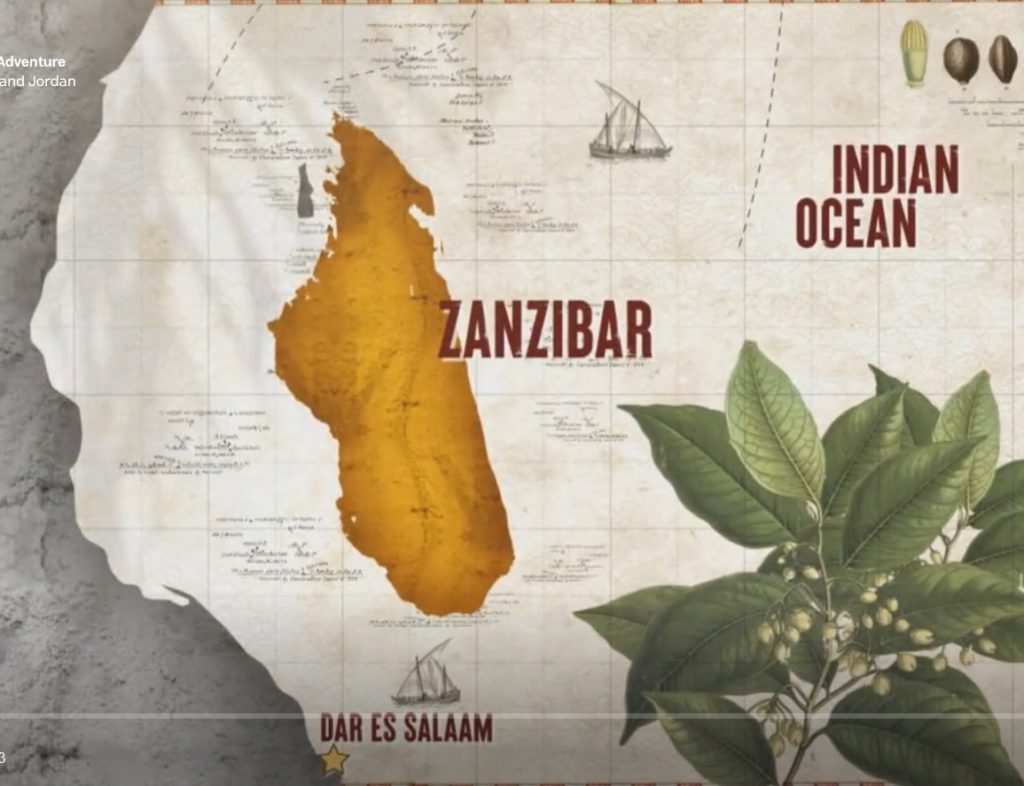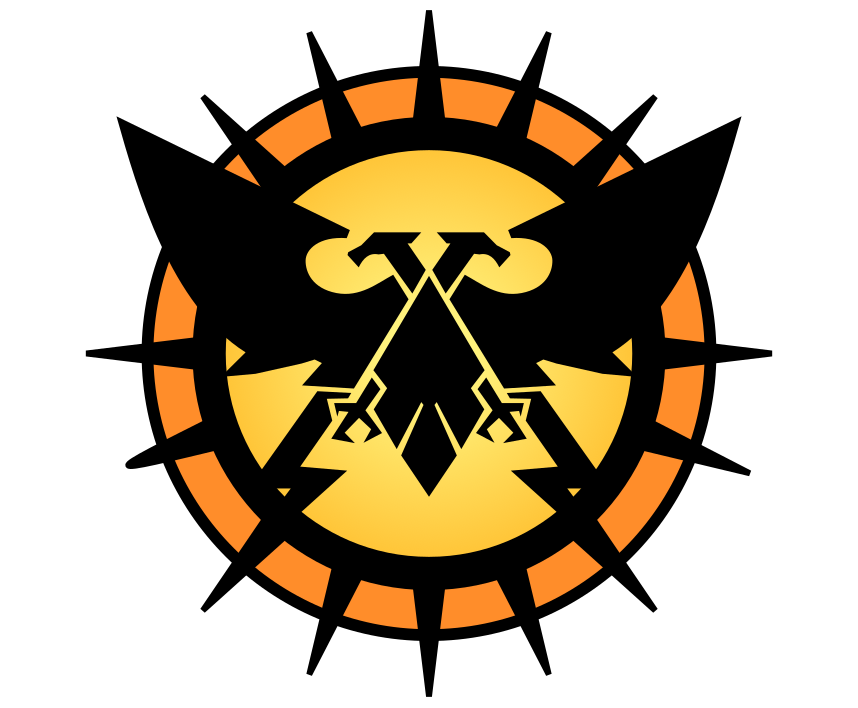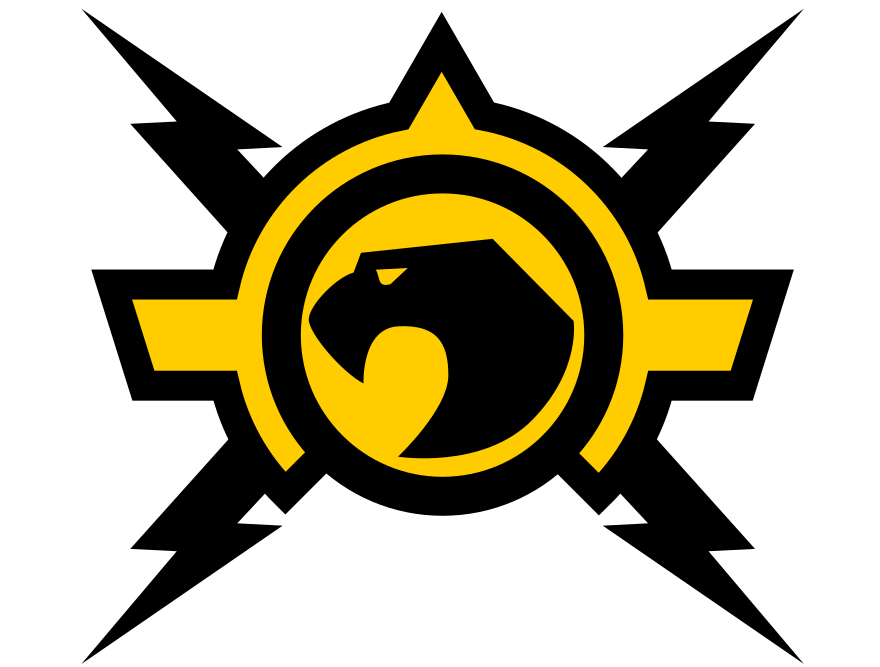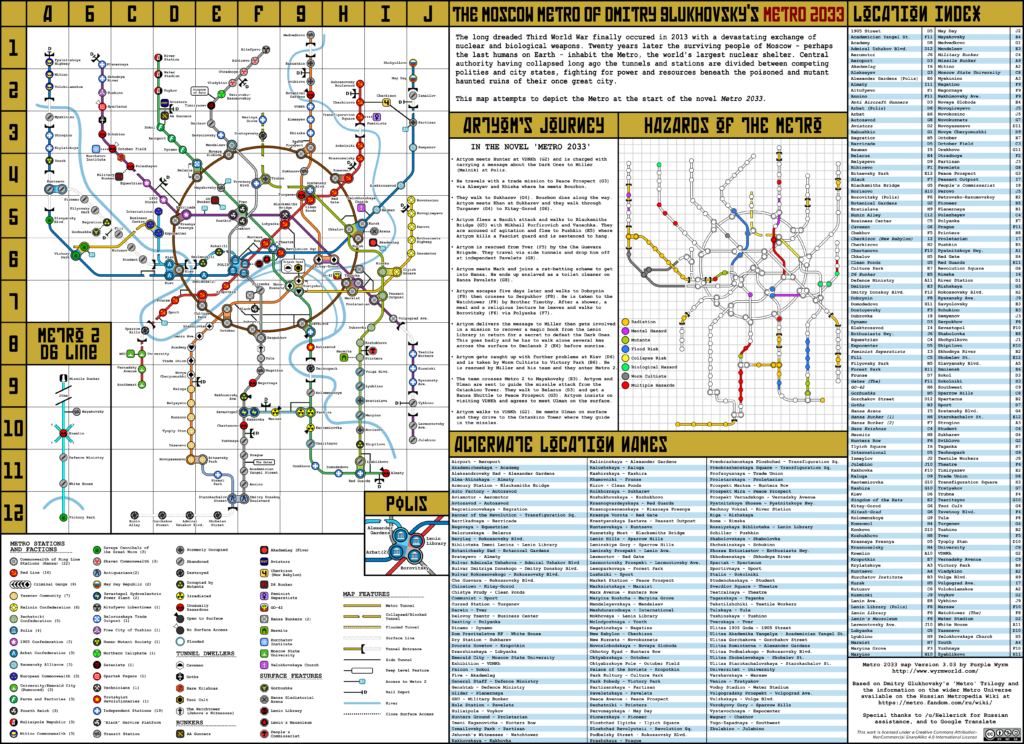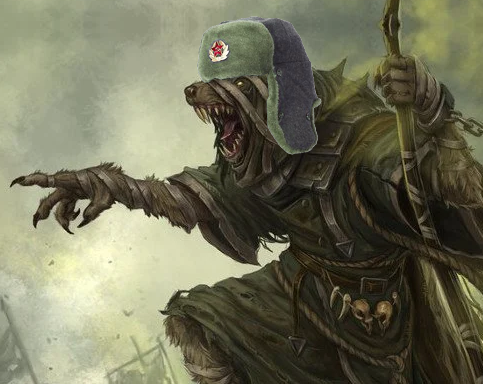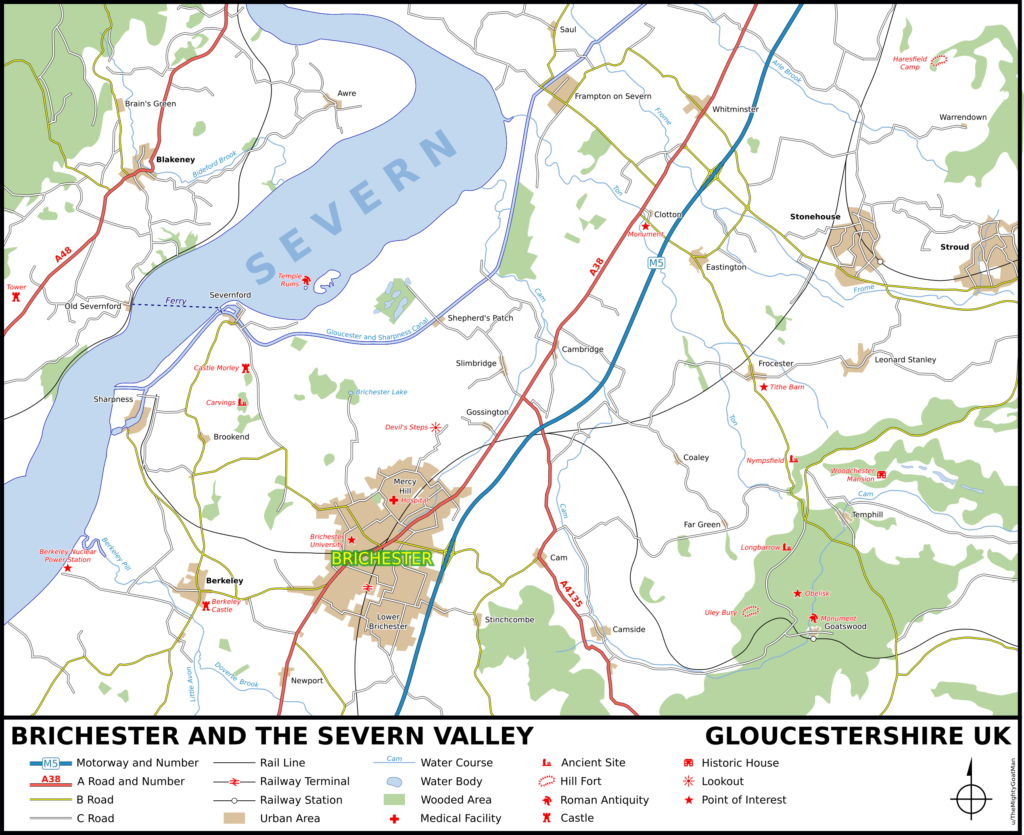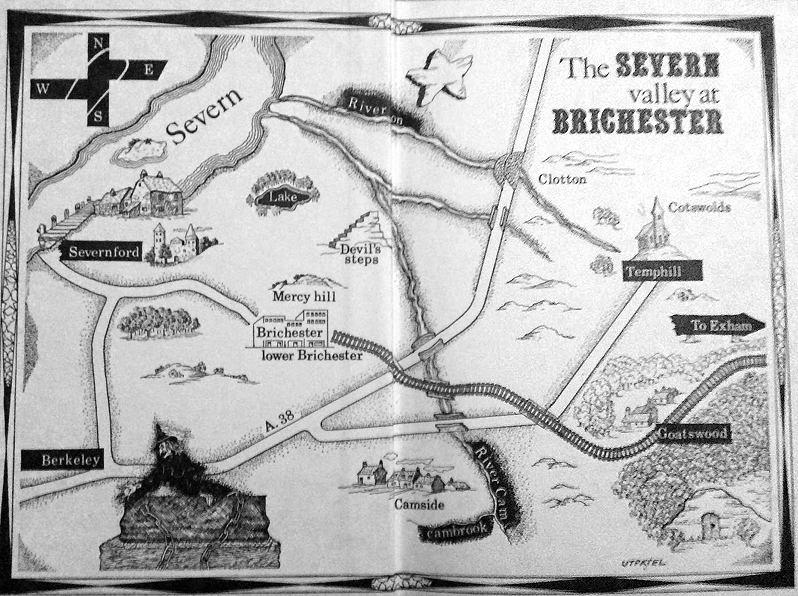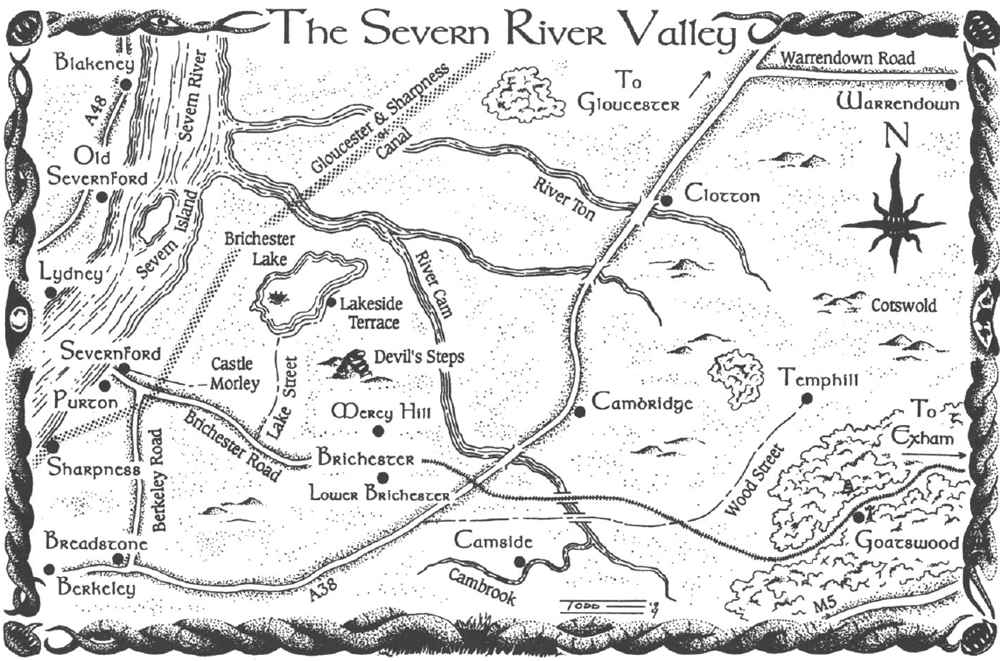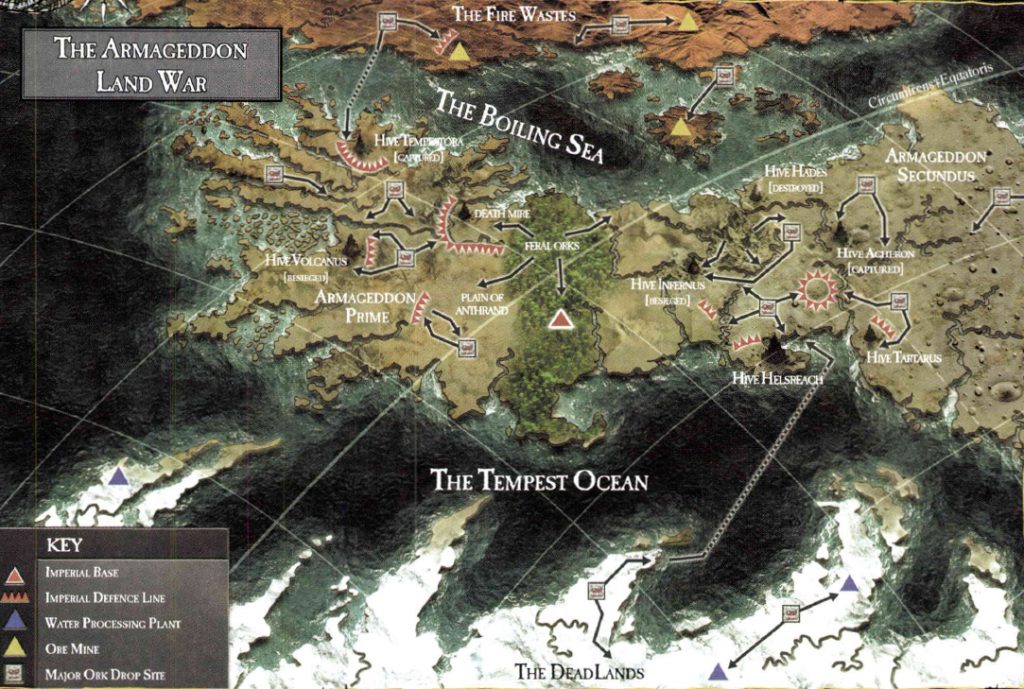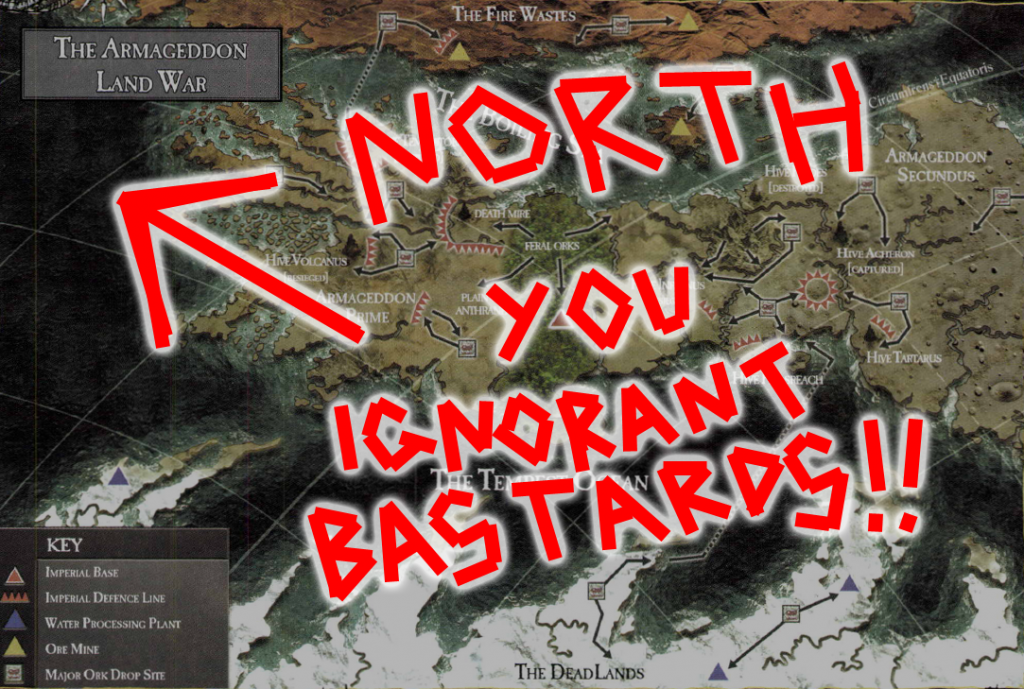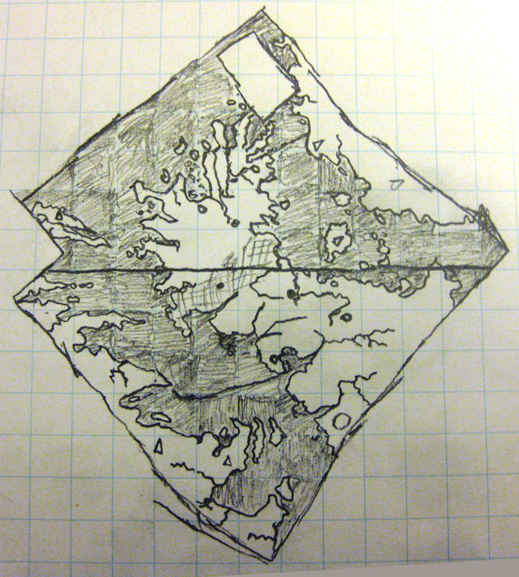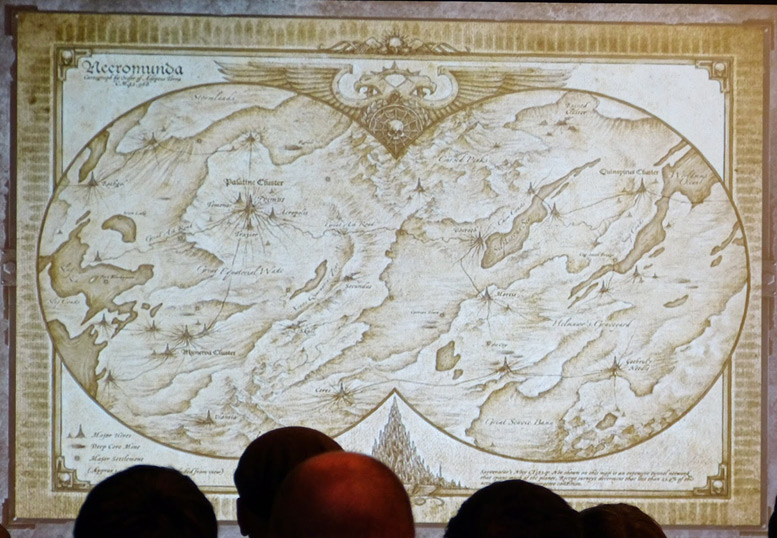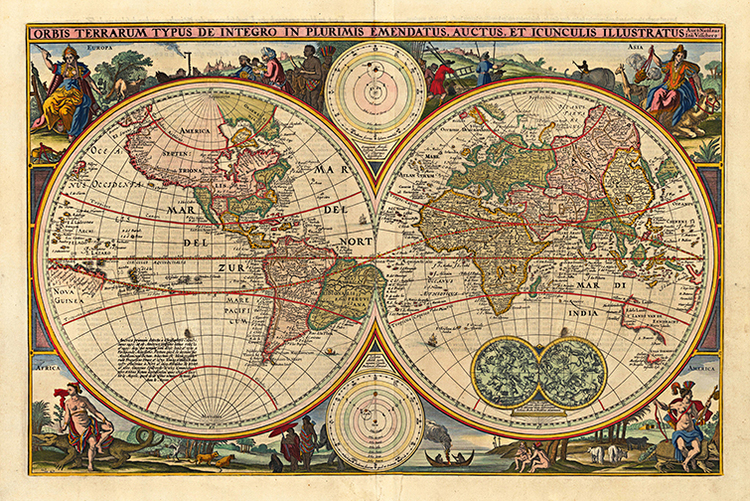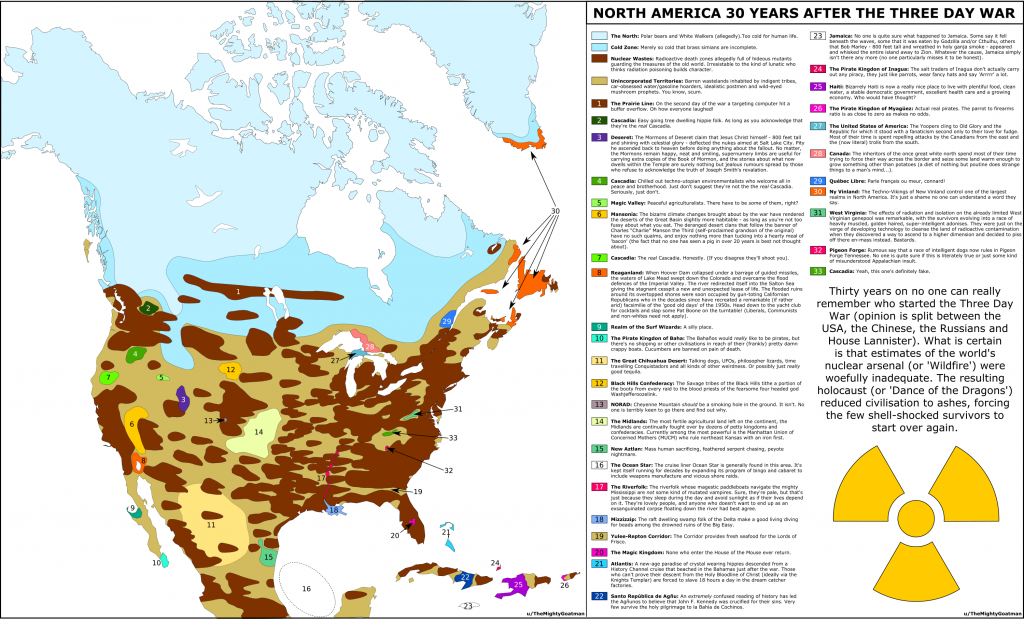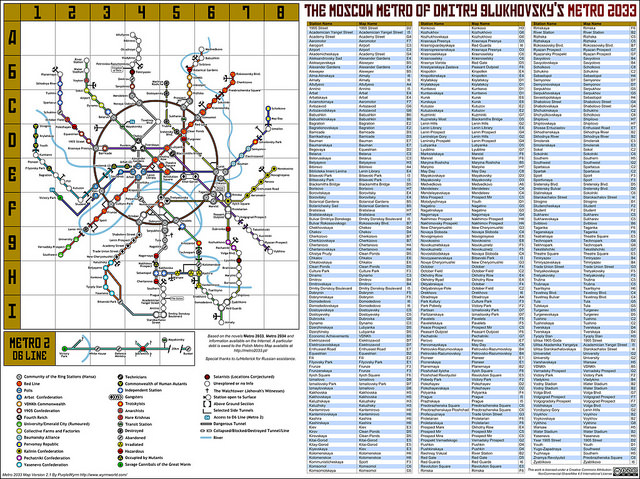Being the tragic geek that I am, I spent several months last year coding up an interactive map of the Warhammer 40,000 galaxy. What I came up with worked beautifully in Firefox on my fairly grunty, fairly new computer, but like an absolute dog with any other setup, so I’ve had no choice but to go back and start over from scratch – a prospect so disheartening that it will be many, many months before I can bring myself to look at it again, if ever.
The upside of this failed project however is that I ended up doing a complete revision of my Warhammer 40,000 map icons. And when I say complete revision I mean a radical change in the way they’re organised. So radical in fact that I’ve decided to leave version 5.0 available in this post for those who might prefer them, while making the new version available here.
The major changes in version 6.0 include…
Separation of Environment, Class and Affiliation: There are now separate sets of icons for the environment of a planet, how it’s categorised by the Imperium (ie: what ‘Class’ it is), and who controls it.
Consistent Colours: Each major faction now has a consistent colour scheme rather than the previous hodge-podge, so it’s easier to see who controls what at a glance.
Consistent Shapes: The sizes and shapes of icons are standardised rather than being all over the place with bits sticking out the sides.
Meaningful Shapes: Five different icons shapes are provided to represent planets/moons, space stations, dwarf planets/asteroids, fields/swarms and fleets/ships.
I’ve also added sub-faction specific icons so you can differentiate between (for example) Biel-Tan Eldar and Iyanden Eldar, or Mephrit Necrons and Sekemtar Necrons, should that be your idea of a morally acceptable good time.
I present the icons here in four formats
SVG Version – This is the version to use if you know what you’re doing with Vector graphics. If you’re making your map in a vector editor such as Illustrator or Inkscape this is the superior option. If you’re not, then one of the PNG versions will probably be more convenient.
DOWNLOAD
White PNG – An export of the Icons on a flat white background.
DOWNLOAD
Black PNG – An export of the Icons on a flat black background with a white glow effect.
DOWNLOAD
Transparent PNG – An export of the Icons with no background.
DOWNLOAD
Share and enjoy!
Edit: It’s January 4th 2025 and I’ve finally added a transparent png version.
